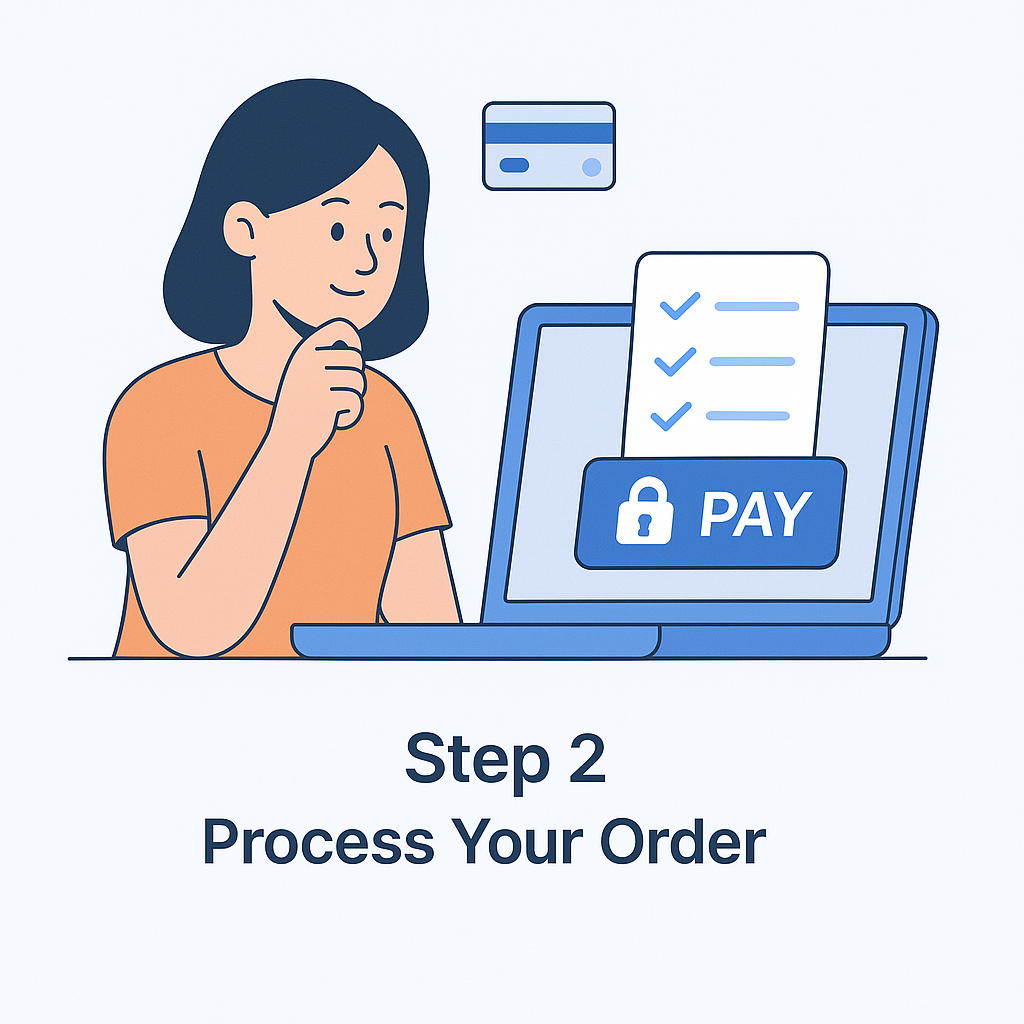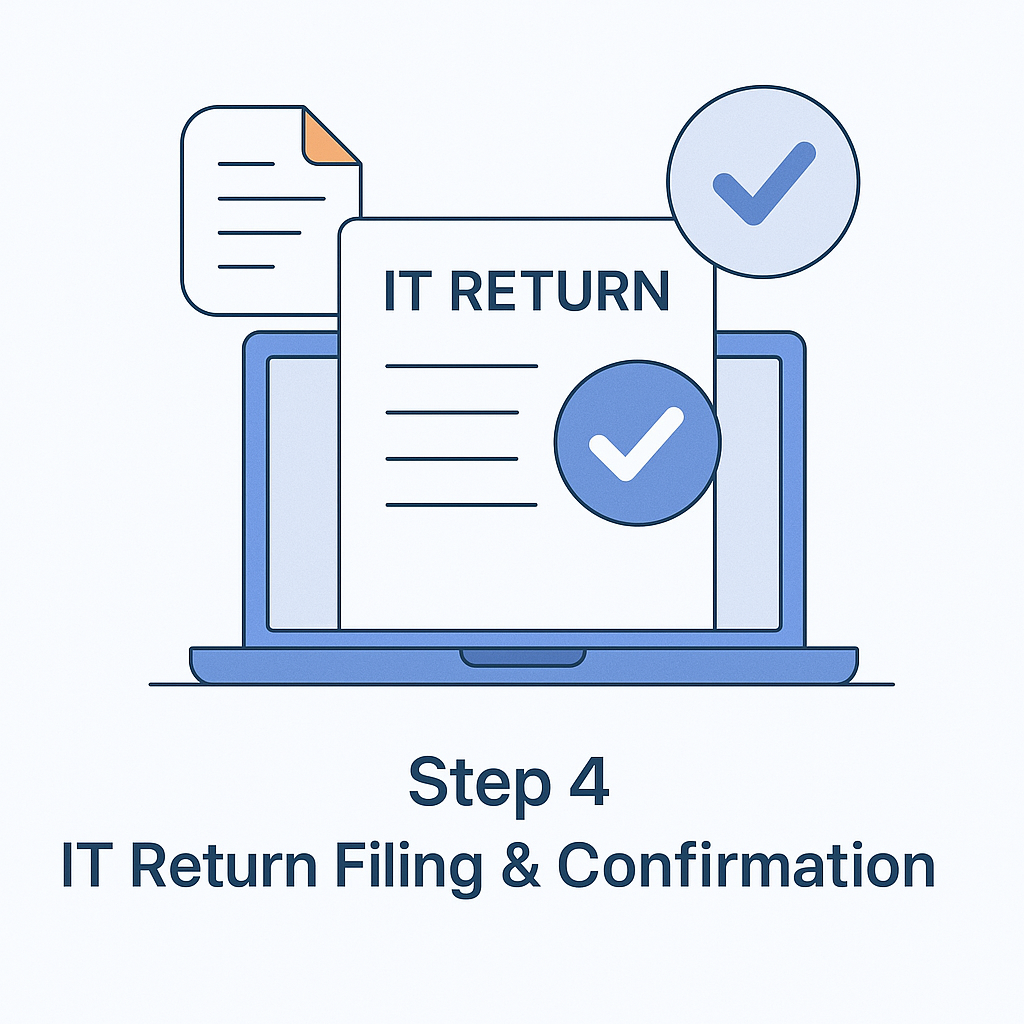Overview
Tax Deducted at Source (TDS) is an indirect taxation system which is levied on various type of income. It is deducted by the payer from the payee’s remuneration at the point of income generation and collected as per previous year’s union budget. The heads where the source of income is booked decides under which tax slabs and rates an individual fall. The whole process of this taxation system is managed by Central Board of Direct Tax (CBDT). TDS is generally levied on income generated in the form of payment, commissions, and dividends earned from the sale, purchase of property services, rent, interest from term deposits, etc. The applicable TDS rate may vary from individual to individual depending on their source of income and it could range between 1% to 30%.
Get the detail of TDS Payments and its Rates in India Get Details
TDS Deduction
TDS deduction is levied on various income heads, which includes any income, incentives along with salary, lotteries, fixed deposits, commissions, rent, etc. by the Government depending on the previous Financial Budget. It is deducted by a deductor/payer/employer from a deductee/payee/employee’s remuneration. In return, the deductor is accountable to provide Form 16 on annual basis and Form 16A on a quarterly basis to the deductee, as TDS certificate.
Payments Exempted from TDS Deduction
TDS deduction is exempted from the following payments:
- Payment in favour of RBI or any other, that compensate with Central Government
- Banking Companies
- Income Tax Refund
- Interest payment on Direct Taxes
- Financial Corporation form under any state or union government
- Investments in co-operative society, LIC, UTI
- Interest earned from recurring deposits
- Interest from IVP (Indira Vikas Patr), NSC, KVP
- Interest on NRE account
- Nil TDS organization notified institutions
Know about various Sections Under Tax Deduction
Under indirect tax section of Income Tax Act, 1961, TDS is described as spot tax that is deducted from the actual source of income.
The TDS rate applicable under various sections and sub-sections are as follows:
| Income Tax Section |
Threshold limit |
TDS Rate |
| Section 192 |
Depends on the prevailing income slab |
Depends on the prevailing income slab |
| Section 193 |
NIL |
On security investments – 10% of the interest earned |
| Section 194 |
NIL |
Deemed dividends – 10% of the income/profit |
| Section 194A |
Rs. 5,000 |
Interest on investments other than securities – 10% of the income |
| Section 194B |
Rs. 10,000 |
On lottery or gaming – 30% of the prize money |
| Section 194BB |
Rs. 5,000 |
Horse Racing – 30% of the prize money |
| Section 194C |
Rs. 30,000 |
Income from contracts / sub contracts –
- At the rate of 1% for individuals and HUF
- At the rate of 2% Non-Individual/corporate
|
| Section 194D |
Rs. 20,000 |
Insurance commissions – 10% of the earning |
| Section 194EE33 |
Rs. 2,500 |
NSS deposits – 20% of the expense |
| Section 194F |
NIL |
MF or UTI units – 20% of the investment |
| Section 194G |
Rs. 1,000 |
Lottery ticket selling commission – 10% of the commission |
| Section 194H |
Rs. 5,000 |
brokerage – 10% of the earning |
| Section 194I |
Rs.1.8 lakhs |
Rental –
- At the rate of 2% for plant & machinery
- At the rate of 10% for land & building
|
| Section 194J |
NIL |
Professional – 10% on the services (technical/professional) |
| Section 194L |
Rs.1 lakh |
Acquiring immovable property – At the rate of 10 % of the transferred money. |
TDS Deduction and its Rates
The TDS rate on various heads are as follows:
Salary – TDS is deducted by the employer from the employee’s salary while making the payment. It is deducted only if the employee’s income falls under the tax slab. The rate of deduction TDS on salary normally ranges from 5% to 30%. It falls under section 192.
Income from Fixed Deposits – The TDS on interest earned on fixed deposit is calculated and applied as follows:
- It is calculated beyond a threshold limit
- Currently, in a financial year, the applicable limit is Rs. 1 lakh
- TDS at the rate of 10% will be applicable if the individual earns more than the threshold limit, both single or consolidated interest for all fixed deposits.
Income from Selling Immovable Property – The applicable TDS rate on sale of immovable property are as follows:
- TDS is applicable at a rate of 1% on the sale of the immovable property
- If the buyer does not furnish his/her PAN card then the TDS rate may range at a maximum limit of 20%
- It is liable that the buyer (transferee) deduct the TDS amount before making the payment to the seller (transferor)
- Property that comes under Immoveable property are – any residential, any portion of a building, commercial building and plots exclusive of notified agricultural land.
- Cheque cash or draft by the transferee are the two modes of transaction
Generate Rent Receipt for House Rent Allowance Get Details
Income from Rental – The applicable tax rate on the revenue generate from the rent of immovable properties are as follows:
- Individual (excluding HUF member) paying rent for accommodation or any immovable property to its landlord then, he/she is accountable for retaining the TDS
- The TDS will be liable if the annual rent amount exceeds Rs. 1,80,000/- in a financial year.
- The rent comprises of any payment made in the form of rental lease, sublease or other such agreement for using the house, building, land, fitting, furniture, etc.
- The owner of the property is liable to provide rent receipt/ receipt on each payment, that mentions the deducted TDS
- The owner should also provide Form 16 to the tenant at the end of the financial year, quoting all the TDS deducted that year
- The transactions are acceptable via cheque cash or draft by the transferee.
Purchase of Immovable Property – If an individual buys an immovable property, he/she is liable of falling under the below-given tax rate:
- TDS at the rate of 1% is applicable, where there is an exchange of money between a buyer and a seller
- So far, TDS on agricultural land is not liable for TDS under this provision
- The mode of payment that the transferee can use are – cash, cheque, draft or any other agreed mode of payment.
Transfer of Immovable Property – If an individual wants to transfer immovable property, the liable TDS rate are as follows:
- A TDS rate of 1% is liable if an individual transfers an immovable property. However, the same is not applicable for transferring agricultural land
- The transferee should deduct the applicable TDS before making the payment
- Cheque cash or draft by the transferee are the applicable modes of payment
Immovable Property for NRIs – The TDS provision for NRIs regarding immovable property are given Under section 195 of Income Tax Act as:
- Any individual who is buying any immovable property from an NRI is liable to deduct TDS at an applicable rate before making the payment to the seller
- An NRI receiving capital gain by selling a plot in India is subjected to income tax.
- Cheque cash or draft by the transferee are the applicable modes of payment
Under-Construction Immovable Property – The worth of any under-construction immovable property is normally calculated as Rs. 50 lakhs. Cheque cash or draft by the transferee are the applicable modes of payment.
EPF withdrawal – If an employee withdraws PF of an amount of Rs 50,000/- and above with less than five years of continuous service then a TDS is deducted at the rate of:
- If PAN is submitted, but Form-15G/15H are not submitted, an individual is liable of TDS at the rate of 10%
- If the individual cannot provide PAN number then, the TDS rate is 34.608% or maximum marginal rate
TDS Rate Chart for Financial Year 2017-18
The applicable TDS rate for the Financial year 2017-18 is given below in the table:
| Section |
Payment name |
TDS Rate (%) |
| Section 192 |
Salary |
Regular slab rate |
| Section 193 |
Earned Interest on Securities |
At the rate of 10% |
| Section 194 |
Dividend accrued |
At the rate of 10% (20%, in case of invalid/no PAN) |
| Section 194A |
Earned Interest other than Securities |
At the rate of 10% |
| Section 194B |
Earned income on prize money (lotteries, crosswords, or game) |
At the rate of 30% |
| Section 194D |
Paid commission for Insurance Agents |
N/A (in case of Form 15G/15H is filled) * |
| Section 194DA |
Paid Premium for any life insurance policy |
At the rate of 1% |
| Section 194-I |
Income from Rent |
- At the rate of 2% for plant and machinery
- At the rate of 10% for Land, furniture, fitting and furniture
|
| Section 194IA |
Payment for transferring immovable property. This does not include Agricultural Land |
At the rate of 1% |
| *effective from 1st June 2017. |
The applicable TDS rate for NRIs, for the Financial year 2017-18 is given below in the table:
| Section |
Payment name |
TDS Rate (%) |
| Section 192 |
Salary |
Normal slab rate |
| Section 192A |
Payment gained from PF balance |
At the rate of 10% |
| Section 194B |
Prize money (lotteries, crossword puzzles, card games or any game under Indian Law) |
At the rate of 30% |
| Section 194BB |
Prize money from horse racing |
At the rate of 30% |
| Section- 194EE |
National Savings scheme Deposits |
At the rate of 10% |
| Section 194F |
Mutual Funds’ investments or UTI bonds |
At the rate of 20% |
| Section 194G |
Commission from selling lottery tickets |
At the rate of 5% |
The applicable TDS rate for Salaried personals, for the Financial year 2017-18 is given below in the table:
| Section |
Payment name |
TDS Rate (%) |
| Section 192 |
Income up to Rs. 2.5 lakhs |
Nil |
| Income within Rs. 2.5 lakhs to Rs. 5 lakhs |
At the rate of 5% |
| Income within Rs. 5 lakhs to Rs. 10 lakhs |
At the rate of 20% |
| Income above Rs. 10 lakhs |
At the rate of 30% |
The applicable TDS rate for Salaried personals, for the Financial year 2017-18 is given below in the table:
| Section |
Payment name |
TDS Rate (%) |
| Section 192 |
Income up to Rs. 3 lakhs |
Nil |
| Income within Rs. 3 Lakhs - Rs. 5 Lakhs |
At the rate of 5% |
| Income within Rs. 5 Lakhs - Rs. 10 Lakhs |
At the rate of 20% |
| Income above Rs. 10 lakhs |
At the rate of 30% |
The applicable TDS rate for Super Senior citizen (above 80 years), for the Financial year 2017-18 is given below in the table:
| Section |
Payment name |
TDS Rate (%) |
| Section 192 |
Income up to Rs. 5 lakhs |
Nil |
| Income within Rs. 5 lakhs - Rs. 10 lakhs |
At the rate of 20% |
| Income above Rs.10 Lakhs |
At the rate of 30% |
TDS Rate on Salary for Financial Year 2016-17
| Section |
Payment name |
TDS Rate (%) for HUF/Ind |
TDS Rate (%) for others |
| Section 192 |
Salary |
Average rate |
- |
| Section 192A |
Total balance due to be paid to an employ is less than Rs. 50,000/- |
|
|
| Session 193 |
- Income from interest on securities which is less than Rs. 10,000/-
- Income from interest on Debentures which is less than Rs. 5,000/-
|
At the rate of 10% |
At the rate of 10% |
| Section 194 |
Income from deemed dividend u/s 2(22)(e) |
At the rate of 10% |
At the rate of 10% |
| Section 194A |
Interest from sources other than securities –
- For bank or post office it should be less than Rs. 10,000/-
- For others, it should be less than Rs. 5,000/-
|
At the rate of 10% |
At the rate of 10% |
| Section 194B |
Income from lottery or crossword which is less than Rs. 10,000/- |
At the rate of 30% |
At the rate of 30% |
| Section 194BB |
Revenue from Horse Race which is less than Rs. 10,000/- |
At the rate of 30% |
At the rate of 30% |
| Session 194C |
Income from contracts with an aggregate annual limit which is less than Rs. 1 lakh |
At the rate of 1% |
At the rate of 2% |
| Session 194D |
Revenue from Insurance Commission which is less than Rs. 15,000/- |
At the rate of 5% |
At the rate of 5% |
| Session 194DA |
Payment for Life insurance policy |
At the rate of 01% |
|
| Session 194E |
Payment to sportsmen/ sports associations (Non-residents) |
At the rate of 20% |
At the rate of 20% |
| Session 194EE |
Payment made on NNS deposits |
At the rate of 10% |
|
| Session 194F |
Repurchase of MF/UTI units |
At the rate of 20% |
At the rate of 20% |
| Session 194G |
Commissions gained on selling lottery tickets – Rs. 15,000/- |
At the rate of 5% |
At the rate of 5% |
| Session 194H |
Commission gained as Brokerage – Rs. 15,000/- |
At the rate of 5% |
At the rate of 5% |
| Session 194I |
Income generated from renting machinery, equipment, and plant which is less than Rs. 1,80,000/- |
At the rate of 2% |
At the rate of 2% |
| Income generated from renting land, buildings or appurtenant land including factory buildings, furniture or fitness which is less than Rs. 1,80,000/- |
At the rate of 10% |
At the rate of 10% |
| Session 194IA |
Transferring immovable property (except agricultural land) which worth less than Rs. 50 Lakhs |
At the rate of 1% |
At the rate of 1% |
| Session 194J |
Payment to technical or professional charges, royalty and non-compete fees, payment to directors, which is less than Rs. 30,000/- |
At the rate of 10% |
At the rate of 10% |
| Session 194LA |
Revenue generated as compensation on acquisition of immovable properties which worth less than Rs. 2,50,000/- |
|
|
| Session 194LB |
Revenue generated as Infrastructure Bond interest |
At the rate of 5% |
At the rate of 5% |
| Session 194LBA |
Revenue from special propose vehicle, distributed by the business trust (real estate investment trust) which is paid to its unit holders. (Resident payee/non-resident payee) |
The rate is specified in First Schedule Part II –
- Resident – at the rate of 10%
- Non-resident – at the rate of 5%
|
The rate is specified in First Schedule Part II –
- Resident – at the rate of 10%
- Non-resident – at the rate of 5%
|
| Session 194LBB |
Payment to Unit holders for Funs investment u/s 115UB |
At the rate of 10% |
At the rate of 10% |
| Session 194LC |
Interest paid by Indian company to Non-residents, or any similar payment |
At the rate of 5% |
At the rate of 5% |
| Session 194LD |
Interest paid on government bonds or securities payable on or after 1st June 2013 but before 1st June 2017 |
At the rate of 5% |
At the rate of 5% |
| Session 195/196B/196C/196D/196E |
Payment made to non-residents |
Rate in force |
Rate in force |
Penalty on Failing or default in submitting returns or statements
If an individual fail to submit TDS to the government or delayed due to default in submitting the return or statement then he/she will be penalised as follows:
| Section |
Type of Failure |
Penalty |
| Section 234E |
Not submitting TDS/TCS statement in time |
- A fine of Rs. 200/- will be charged per day on the deductor as long as he/she do not clear the default, subject to a maximum of TDS amount
- The interest should be paid from the date of TDS deduction and not from TDS deposit due date
|
| Section 272A(2) |
Not submitting returns prescribed under Section 200(3) |
A penalty ranging between Rs. 10,000/- to Rs. 1,00,00/- will be charged –
- If the payable TDS return is not submitted within a year of the due date
- If the submitted return has incorrect details such as PAN, TDS amount, etc
|
| Section 271H |
If the deductor –
- Furnish wrong details (PAN, TDS account, Challan details, etc)
- Default for more than 1 year in filing TDS statement
|
A penalty not less than Rs. 10,000/- but may extend to Rs. 1,00,000/- |
Conclusion
The TDS which is deducted by the employer/payer on the employee’s income before making the payment is submitted to the government. This deduction is based on the rates set by the government depending on the various income heads of the employee/payee. The rate remains the same until new amendment comes. Therefore, it is advisable to keep a track of the various TDS rates, to file your TDS return under correct heads.
 Tax
Tax
 Income Tax
Income Tax
 Sales Tax
Sales Tax
 TDS
TDS
 GST
GST
 Service Tax
Service Tax
 VAT
VAT
 Tax Calculator
Tax Calculator














